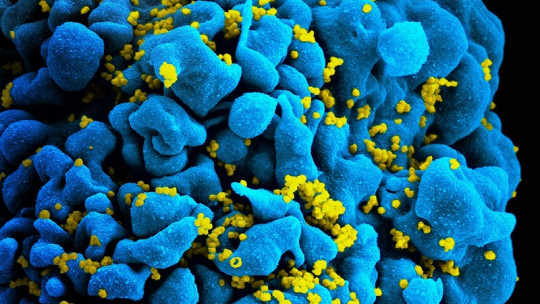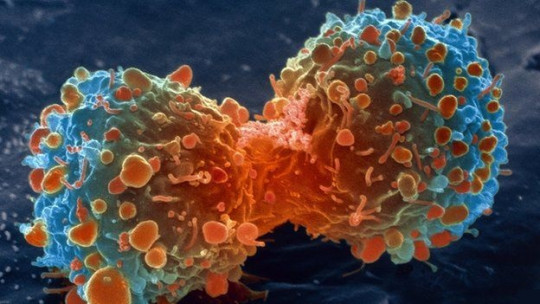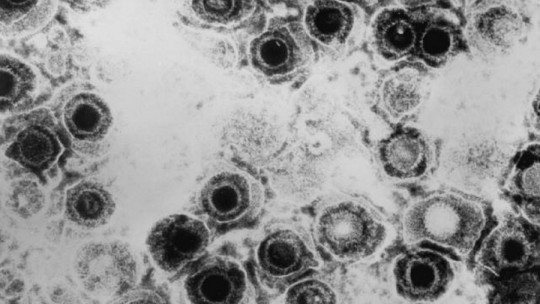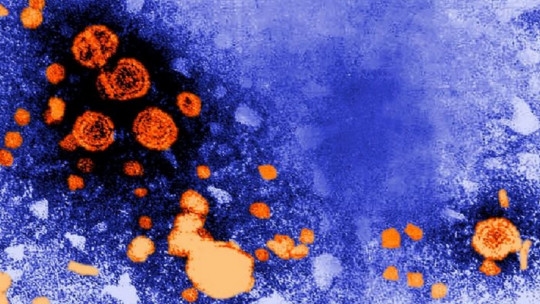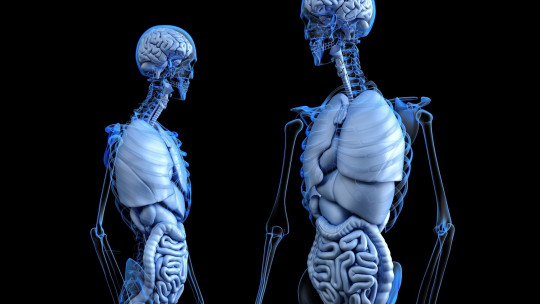HIV is today considered a ghost of the past, but it remains a serious health problem, especially in low-income regions where patients do not have access to antiretroviral therapy (ART). According to the World Health Organization (WHO), to date the human immunodeficiency virus has claimed 33 million lives and, in 2019, there were 38 million people with active disease.
Due to the joint efforts of the WHO, the Pan American Health Organization (PAHO) and other government entities, it is estimated that 68% of adults and 53% of children with HIV are on treatment. These results are positive to a certain extent, as they also imply that almost 1 in 3 people with HIV are not under observation or in the hands of medical professionals. An infected child lives an average of 2-3 years without ART.
Thus, HIV is a chronic but maskable condition in high-income countries, while in disadvantaged regions it continues to be a synonym for death. With this idea in mind, Let’s see what it’s like to live with HIV today
HIV and AIDS are not the same
First of all, it is necessary to make clear that HIV and AIDS are not the same, even though both terms are used interchangeably in anecdotal conversations. HIV infection corresponds to the first two phases of the disease (acute and chronic), while the most extreme side and the one with the worst prognosis is AIDS, the final and most complex stage to address.
HIV is an RNA virus and, like all viruses, is unable to replicate its genetic information on its own , since it does not have ribosomes, mitochondria or any metabolic structure at the cellular level. Therefore, it invades the host cells (in this case almost exclusively the CD4+ T lymphocytes), transforms its genetic information from RNA into DNA (through reverse transcription), integrates it into the cell nucleus and then the host machinery. generates copies of the viral RNA. Ultimately, the new viruses assemble and bud out of the cell, killing it in the process.
When a person is infected with the human immunodeficiency virus, an acute infectious condition occurs in up to 80% of cases, although there are asymptomatic people. During this phase, living with HIV is like having the flu, but a little worse. Symptoms such as fever, headache, itching, sweating, vomiting and nausea appear In the acute stage, the proportion of infected CD4 T lymphocytes is approximately 1/100,000, but the number of viral agents circulating in the blood is very high. For this reason, the host is very contagious.
After this acute condition, the disease stabilizes. During the chronic period of the disease, HIV continues to reproduce and destroy CD4 lymphocytes, but at much lower rates. Whether they receive therapy or not, the patient may feel completely normal for a while, until the immune system is sufficiently damaged. Treatment at this point is critical: A person with chronic HIV without treatment will develop AIDS in about 10-15 years, while antiretroviral therapy allows them to remain in this phase for several decades
A patient progresses from HIV infection to AIDS when the CD4 lymphocyte count is less than 200 units per cubic millimeter of blood, which indicates that the immune system has been severely affected. At this point, many usually commensal microorganisms become pathogenic, such as yeasts, complex fungi and bacteria that are part of the human microbiota.
One of the first symptoms of AIDS are oral and epidermal infections, especially caused by Candida albicans and other fungi. Other much more serious conditions may also appear over time, such as pulmonary aspergillosis, pneumonia, heart infections and many other things. In the end, the patient dies from opportunistic infections, not from the action of the virus itself.

It is possible to live a full life with HIV
As catastrophic as what is described may sound, Today it is completely viable to lead a normal life, despite being infected with HIV Antiretroviral therapy (ART) blocks the virus from entering CD4 lymphocytes, allowing the body to keep its immune system strong for many years.
In any case, the virus mutates and generates drug resistance within the body, which is why three or more anti-HIV medications are usually taken in combination and some are added and others are discarded over time.
A patient with HIV in the chronic phase, with the appropriate treatment, can lead a completely normal life. It is estimated that The life expectancy of an infected person (detected early) is about 77-80 years, while a healthy person is close to 86 The difference of 8 or 9 years in life expectancy is not negligible, but it is a much more encouraging panorama than that observed 20 or 30 years ago.
Furthermore, if the patient takes the medications strictly and keeps all checkups up to date, he will be a carrier of HIV but will not be able to infect it, due to the undetectable viral loads in the blood. For this reason, the social stigma that persecutes people with this condition (especially in certain communities) is completely unjustified. It is always better to use a condom than not to use it during sex (for any other disease, not just HIV), but an infected and treated person is not contagious, neither with kisses, nor by sharing food or during sex.
Currently, A Spanish group belonging to the Higher Council for Scientific Research (CSIC) has presented a vaccine against HIV, MVA-B The results are extremely positive, since in experimental phase I it has been shown that 90% of vaccinated volunteers have developed an immune response against the virus and 85% have maintained it (for at least one year).
Little by little, human beings are understanding more and more how viruses and bacteria work, which gives us the ability to fight as a society against some of the giants that have plagued populations for decades.
In any case, we cannot forget all the people who once made visible the problems of this condition, the exclusionary dynamics with which it was associated and the lack of means and understanding that, unfortunately, still continues to cause deaths. As long as there is a single infected person without treatment in the world, the fight against HIV remains active.
And of course, Psychotherapy and psychological assistance is another useful resource to know how to adapt to life with HIV managing emotions and personal relationships with oneself in the best way. If you are looking for this kind of services, contact me.

